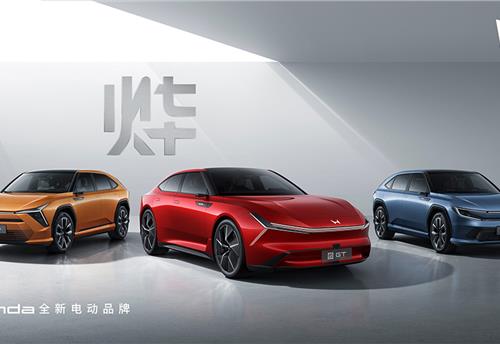Ford to use brain scans as part of future interior design projects
Ford has revealed that it is using both brain scans and eye tracking as part of its research into the design of its next-generation automotive interiors.
Ford has revealed that it is using both brain scans and eye tracking as part of its research into the design of its next-generation automotive interiors. Ford unveiled the new techniques in a live webcast from the US.
Although Ford personnel did not give any hints as to what cars would use this technology as part of their development, both the next-generation Ford Focus and Ford Mondeo family models will currently be under development.
The research methods start with eye tracking, which follows the direction of a person’s eye movements over time. This helps Ford’s designers and researchers work out what parts of a design are noticed first.
The eye tracking information can also be used to see what percentage of people are fixated on a particular area for a significant amount of time. This should show Ford’s designers which areas of a new proposal get the most visual attention and which areas are ignored.
Finally, brain scanning is used to track the "activation and inhibition of brain systems" when looking at an interior proposal. Ford thinks that by establishing which areas of the brain ‘light up' it will be possible to divine the "degree of emotional attraction versus repulsion".
The upshot, think company researchers, will help establish whether a design proposal is attractive to the sample audience.
Moray Callum, Ford’s Vice President of Design said that Ford’s future approach to interior design would be based on three fundamental principles: “Clarity of intent, innovation and connection”
Callum said that this approach had been first used in the interior for the Ford GT supercar. “All the switchgear had to be accessible by a driver both fully belted in and sitting on a seat that is fixed in position," he said. "We also believe that, in a performance car, that some singular buttons are needed."
He also pointed to the "visual lightness" of the GT instrument panel as another trait that will be carried into the future.
Ford’s own research has shown that in the United States the average commuting distance is 25.4 miles/40.6 kilometres and the average driver could spend 10 days per year in their car.
“We live in our interiors and they are becoming much more important. We need to look at improved materials, fit and finish and really concentrate on the details,” said a Ford source.
RELATED ARTICLES
Hyundai and carbon fibre specialist Toray to develop lightweight, high-strength materials
Partnership aims to secure capabilities to develop lightweight and high-strength materials for environmentally friendly ...
Yamaha wins Red Dot product design awards for MT-09 and XMAX 300
The latest awards mark the 13th year in a row – every year since 2012 – that a Yamaha Motor product has received a Red D...
Honda reveals new Ye series of EVs for China
A second set of Ye EVs will be revealed in the coming months, completing the six-car line-up for China.





 21 Mar 2015
21 Mar 2015
 2097 Views
2097 Views





 Autocar Pro News Desk
Autocar Pro News Desk




